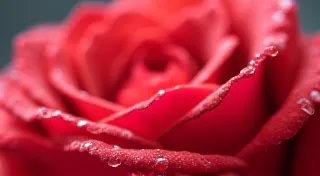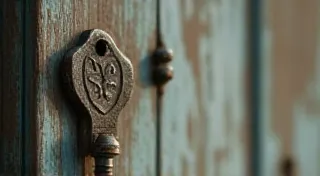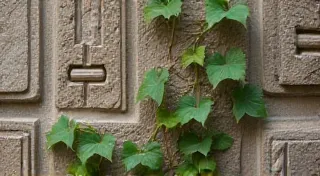The Obsidian Bloom: Reclaiming the Flow State in Left-Handed Calligraphy
The world often seems designed for the right-handed. From kitchen layouts to spiral notebooks, our environment frequently feels like an obstacle course for those of us who favor the left. And for left-handed calligraphers, this challenge is amplified, manifested in frustrating ink blooms, a mirrored perspective that clashes with intuitive flow, and the persistent feeling of fighting against the tools and the technique itself. It’s a struggle that can extinguish the joy of creation, leaving behind only frustration. But what if, instead of battling against these obstacles, we learned to understand them, to embrace them even, and to unlock a profound, meditative state of flow?
I remember the first time I truly understood this. I was attempting a particularly ornate Copperplate script, and the ink was blooming wildly, spreading like an uncontrolled stain across the page. Tears of frustration stung my eyes. My grandfather, a master accordion repairman, noticed my distress. He’s a man of few words, but his presence is always grounding. He didn't offer advice on technique. Instead, he gestured to a restored Hohner Victoria, a magnificent piece from the 1930s, gleaming under the workshop light. He gently ran a finger across its bellows, explaining how each button, each reed, was meticulously crafted, each imperfection a testament to the artisan’s hand and the passage of time.
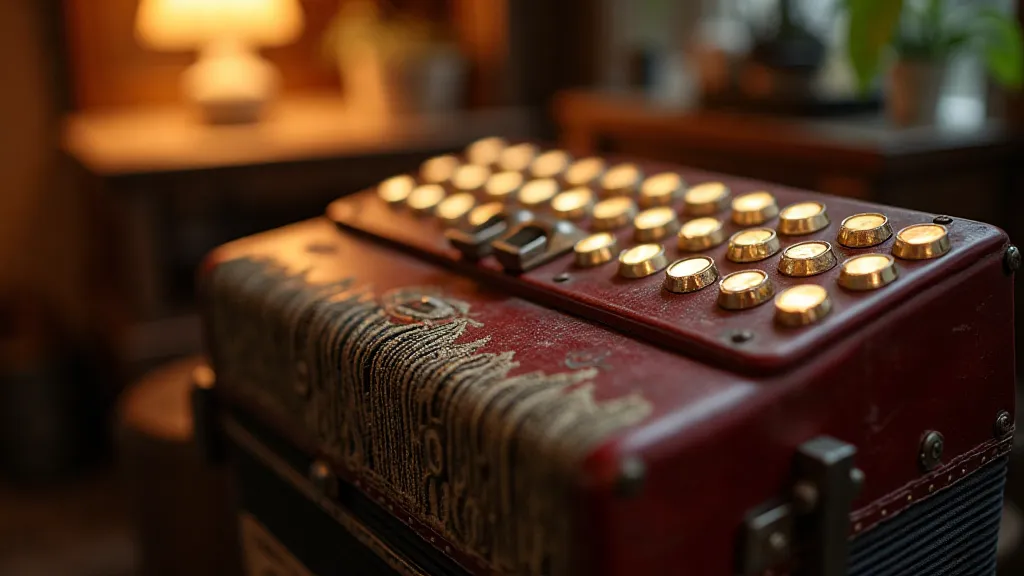
“Even the finest instruments," he said, "have their quirks. A slight rattle here, a tone that’s a little… unique. The key isn’s to eliminate those imperfections; it’s to understand how they interact with the whole, to coax a beautiful sound from them despite them." It was a revelation. His words weren't just about accordions; they were about life, about finding beauty in the unexpected, about accepting the imperfections within ourselves and the tools we wield.
The Left-Handed Paradox: Mirroring and Momentum
For left-handed calligraphers, the physical challenge is undeniable. We write across the page, pushing the pen towards ourselves, which often leads to smudging. The mirrored perspective can be disorienting, leading to a disconnect between what the brain intends and what the hand executes. We’re constantly translating the "right" way to write, a constant mental recalculation that drains energy and disrupts the flow state. It’s almost as if we’re trying to navigate a complex map – a cartographer of curves – constantly adjusting our route to account for the asymmetry. This sense of navigating unfamiliar terrain, of constantly recalibrating, can be exhausting and contribute to a feeling of inadequacy. It's easy to get discouraged when comparing oneself to right-handed practitioners who seem to effortlessly achieve elegant scripts. To combat this, seeking out a supportive community is invaluable. Sometimes, simply knowing you are not alone in these struggles can be profoundly encouraging—a cornerstone of growth and finding inspiration. You might find a path to greater understanding through workshops dedicated to supporting left-handed artists.
The frustration often stems from the expectation of replicating the methods and exemplars created for right-handed practitioners. We see elegant scripts, perfectly formed letters, and feel compelled to mirror that outcome, ignoring the fact that our bodies and our writing movements are fundamentally different. The conventional wisdom simply doesn’t always apply.
Ink Blooms and the Dance of Moisture
Let's address the elephant in the room: ink blooms. This isn't purely a left-handed problem, but it's magnified by our writing direction. The act of dragging the pen across the page pushes the fresh ink outwards, creating those unsightly blooms. The paper's absorbency, the ink's formulation, the pen’s nib – all contribute to the problem. Experimentation is key. Try different papers; coated papers often provide better control. Consider inks specifically designed for fountain pens and calligraphy, which tend to be less prone to bleeding. A slightly drier ink, while offering less vibrancy, can be more forgiving.
Beyond paper and ink, the angle of your paper matters greatly. Tilting it away from you can reduce the likelihood of smudging, allowing gravity to work in your favor. A comfortable and stable writing posture is crucial, minimizing tremors and ensuring consistent pressure. Understanding the subtle interplay of these elements— the pressure applied, the angle, the ink’s behavior—reveals a deeper understanding that is vital to achieving consistent results and truly letting go of the pursuit of an unachievable standard of perfection; a concept many left-handed calligraphers wrestle with. Releasing that pressure, acknowledging that the imperfections are part of the story, can be transformative, akin to finding the Petrichor Bloom: Letting Go of Perfection in Left-Handed Calligraphy. The very act of accepting imperfections and shifting our perspective can be a powerful catalyst for creative freedom and allows us to begin defining our own aesthetic.
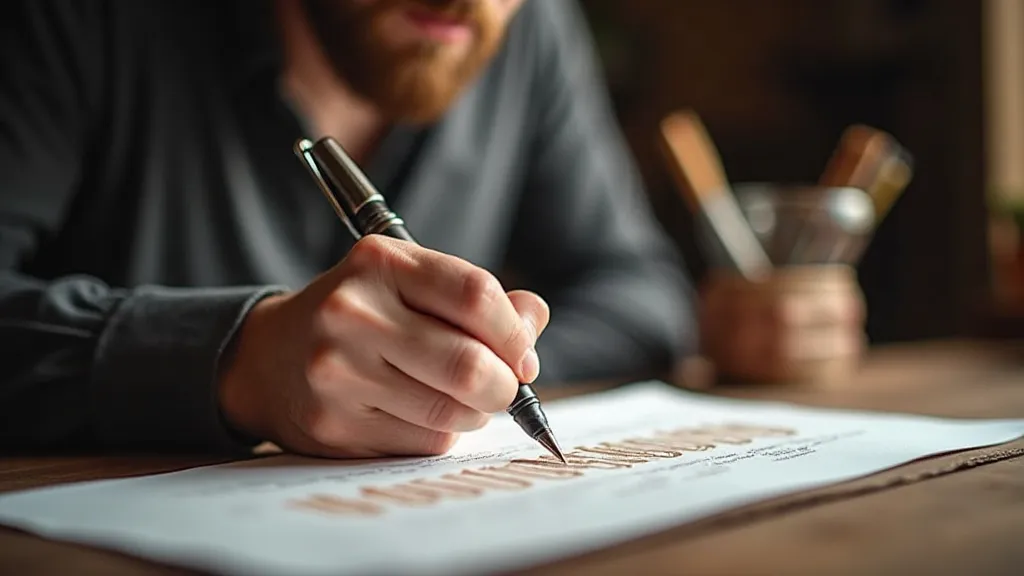
Cultivating Mental Resilience: A Mindful Approach
The physical challenges are significant, but the mental barriers are often greater. Self-criticism and the pursuit of unattainable perfection can be crippling. To reclaim the flow state, we need to cultivate mental resilience and embrace a mindful approach to practice. Often, that mindfulness involves understanding the subtle nuances of how pressure impacts your stroke, making it another layer in the complex equation of your practice. Digging deeper into that connection could involve examining The Shadowed Quill: Investigating the Impact of Pressure on Left-Handed Calligraphy. It’s a constant process of self-observation and compassionate self-correction. This constant need to adapt and overcome challenges can lead to a sense of isolation. Connecting with others who share similar struggles can provide invaluable support and validation. Exploring new perspectives and techniques can also break down mental barriers and open up fresh avenues for creative expression.
Acknowledge your frustration. Don’t suppress it; observe it. Recognize that it’s a natural response to the challenges you’re facing. Then, actively choose to redirect your focus. Instead of fixating on the imperfections, appreciate the process of creation. Consider the history of calligraphy itself – the centuries of artisans refining their craft, embracing experimentation, and finding beauty in the unexpected.
Think of the antique accordions again. Each one has a story to tell, a history etched into its keys and bellows. Its beauty lies not in its flawless condition, but in the marks of time and the hands that have played it. Similarly, your calligraphy will be more beautiful when it reflects your journey, your unique perspective, and your willingness to embrace the imperfections. Recognizing the beauty of individuality, even in the face of perceived flaws, is a central tenet of artistic expression. Finding your voice requires not only technical skill, but also a willingness to step outside the conventions and embrace the unconventional—to explore new approaches and techniques. Ultimately, finding your unique approach allows you to express something authentic and personal.
Tools of the Trade: Adapting for Lefties
While adapting conventional tools is possible, certain adjustments can make a world of difference. Consider nibs with more flexibility – they can often offer better control and a smoother flow. Try experimenting with pen angles; a slightly more oblique angle might feel more natural for a left-handed grip. Ergonomic pen grips can also alleviate hand fatigue, allowing you to practice for longer periods.
The ideal writing surface is also important. Slates and angled writing boards offer stability and allow for paper tilt adjustments, minimizing smudging. Experiment with different types of paper to find one that suits your ink and writing style. Remember that the right tools are those that empower *your* unique approach, not those that force you into a pre-defined mold. Often, finding a rhythm and flow involves carefully selecting your tools and understanding how their interaction creates the final result; a delicate dance like the Chronometer's Echo: Mastering Rhythm and Flow in Left-Handed Copperplate Script. The entire process of creation, from selecting the right materials to mastering the techniques, contributes to the final aesthetic.
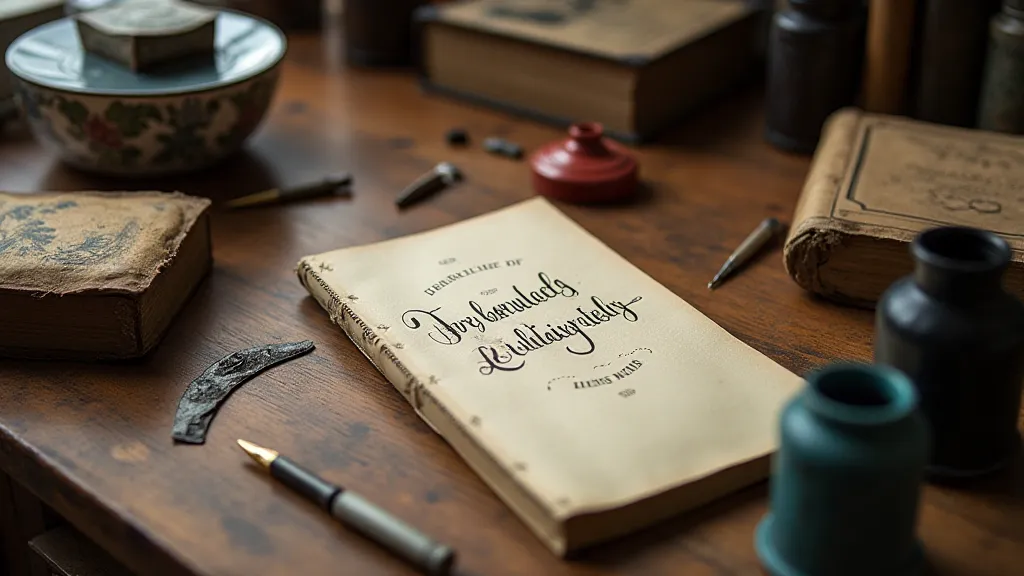
The Obsidian Bloom: Finding the Flow
The phrase “obsidian bloom” is a metaphor, a merging of contrasting ideas. Obsidian is dark, volcanic glass, representing the challenges, the frustration, the perceived imperfections. A bloom signifies growth, beauty, and the unfolding of potential. For the left-handed calligrapher, achieving the flow state is about transforming those challenges – the ink blooms, the mirrored perspective, the constant feeling of fighting against the tools and techniques – into opportunities for unique expression. It’s about redefining beauty on our own terms.
Ultimately, the journey of a left-handed calligrapher isn’t just about mastering a skill; it’s about embracing a different way of seeing the world, a way that celebrates individuality and finds beauty in the unconventional. Connecting with others on a similar journey can be incredibly powerful. Sharing experiences, techniques, and perspectives can create a sense of community and belonging.
Remember that your unique perspective is your strength. Don’t be afraid to challenge conventions and forge your own path. The world needs your creativity, your voice, and your unique expression. The journey of self-discovery can be challenging, but the rewards are immeasurable. Finding your artistic voice can be profoundly transformative. Ultimately, the goal is not just to create beautiful calligraphy, but to find joy in the process and to connect with something larger than yourself. It is through the persistent pursuit of mastery and the willingness to experiment that we find true artistic fulfillment, and it’s in these moments that we truly bloom.
To inspire and support these artists further, it's vital to continuously explore innovative approaches to teaching, encouraging collaboration, and championing the unique perspectives that left-handed calligraphers bring to the art form. We need more resources, more community, and more celebration of these distinct voices.

